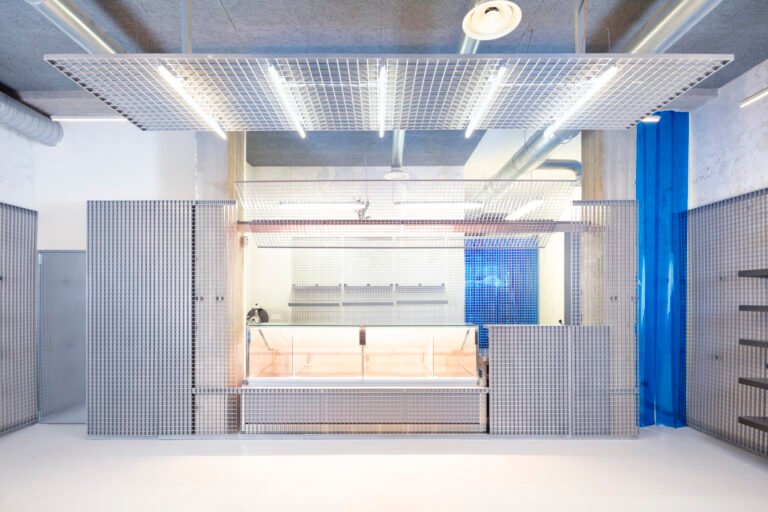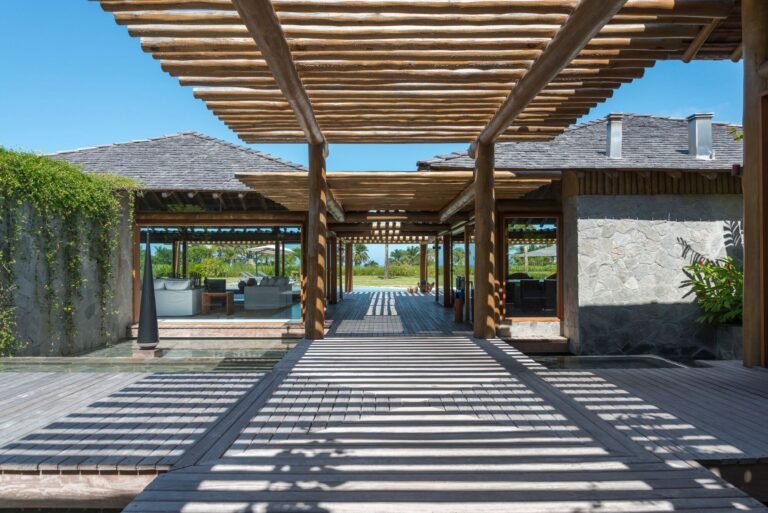How Private Equity Is Making the Housing Crisis Even Worse
How Private Equity Is Making the Housing Crisis Even Worse

This article was originally published on Common Edge.
America’s housing crisis is a longstanding problem. But recent reports of private hedge funds buying up detached houses and townhouses is likely to make an already difficult situation even worse. When hedge funds purchase such properties, those homes are not likely to come back on the real estate market. They are gone for now—and probably for the long term.
Why? Hedge funds are likely to hold a portfolio of residential properties for 5–10 years, but when they decide to sell, it’s doubtful those homes will show up on your local real estate service platforms. Because the homes have been bundled, the hedge funds will sell to other funds. In other words, residential properties have been transformed into an asset class to be traded among institutional investors. (Something analogous is happening in cities to rental units, as private equity has been buying market-rate properties and raising rents.)
Once homes get bundled into a fungible asset, people are not going to be able to buy individual properties from that bundle. Those homes become part of the rental market and will be unavailable to prospective homebuyers. This will exasperate the shortage of new and existing homes for sale. Unfortunately, the nation cannot build quickly and inexpensively enough to make up for the gap between housing supply and housing demand.
The worst part of this structural issue is now that a market for bundled homes has been established, funds can overpay for homes on the front end, since they’re looking at appreciation of a scarce asset that generates tax-sheltered cash flow from rents and depreciation expense while they possess it. This gives hedge funds a huge competitive advantage in a hot housing market. Not only are they cash buyers who will wave an inspection, but they can pay more than individual homebuyers.
You might think this is like the financial meringue of credit default swap and the bundling of subpar mortgages into securities, which led to the real estate crash of 2008. But I don’t think equity funds pushing individual homebuyers out of the market is going to lead to some epic collapse, or even a serious correction, in the next decade. The annual demand for housing does not go away on December 31. Unmet demand carries over into the following year. People still form new households. The demographics that drive demand for housing are like gravity: inevitable and constant.
In my view, there are three colliding problems at the heart of the supply problem:
Too many people are not paid enough to afford rent or to save up for a down payment. Except for some recent increases, wages have been stagnant for the last 20 years, while housing costs have increased steadily.
The pain is not spread equitably. Even with double-digit annual increases in home prices and rents, people keep moving to dynamic metropolitan areas for jobs, education, and healthcare. The housing crisis can be observed all over the U.S., but we are still a country of regional real estate markets. Some places are seeing greater increases in costs than others.
Productivity in the housing construction sector is low due to a prolonged shortage of skilled construction labor. Skilled labor is what folks in the project management trade call a “critical resource.” Production will not increase until there is more of this resource. Local small developers and builders may find ways to be more productive with the people they can find or train, but they will be doing this out of raw necessity. For many, it will be a time to innovate or die.
Sadly, these colliding problems are going to hang around for years. And the activities of hedge funds will just be gasoline thrown on a well-established fire. Faced with the stubborn reality of those problems, the best course of action for small developers and others interested in building and rebuilding neighborhoods is to focus on modest rental properties, what some call missing middle housing: rental apartment buildings, small mixed-use or live/work buildings. As for where to do that kind of building, we should focus on distressed existing neighborhoods and stay well clear of the overheated and expensive portions of the local market. With so much speculative value baked into for-sale housing, there are a lot of places where it is expensive to build, and local rents cannot support higher construction costs. We need to work in the places where modest rental projects can pencil out. These neighborhoods are also the places to find local construction trades and folks interested in learning a trade. In other words: Find a place you care about that needs you.




